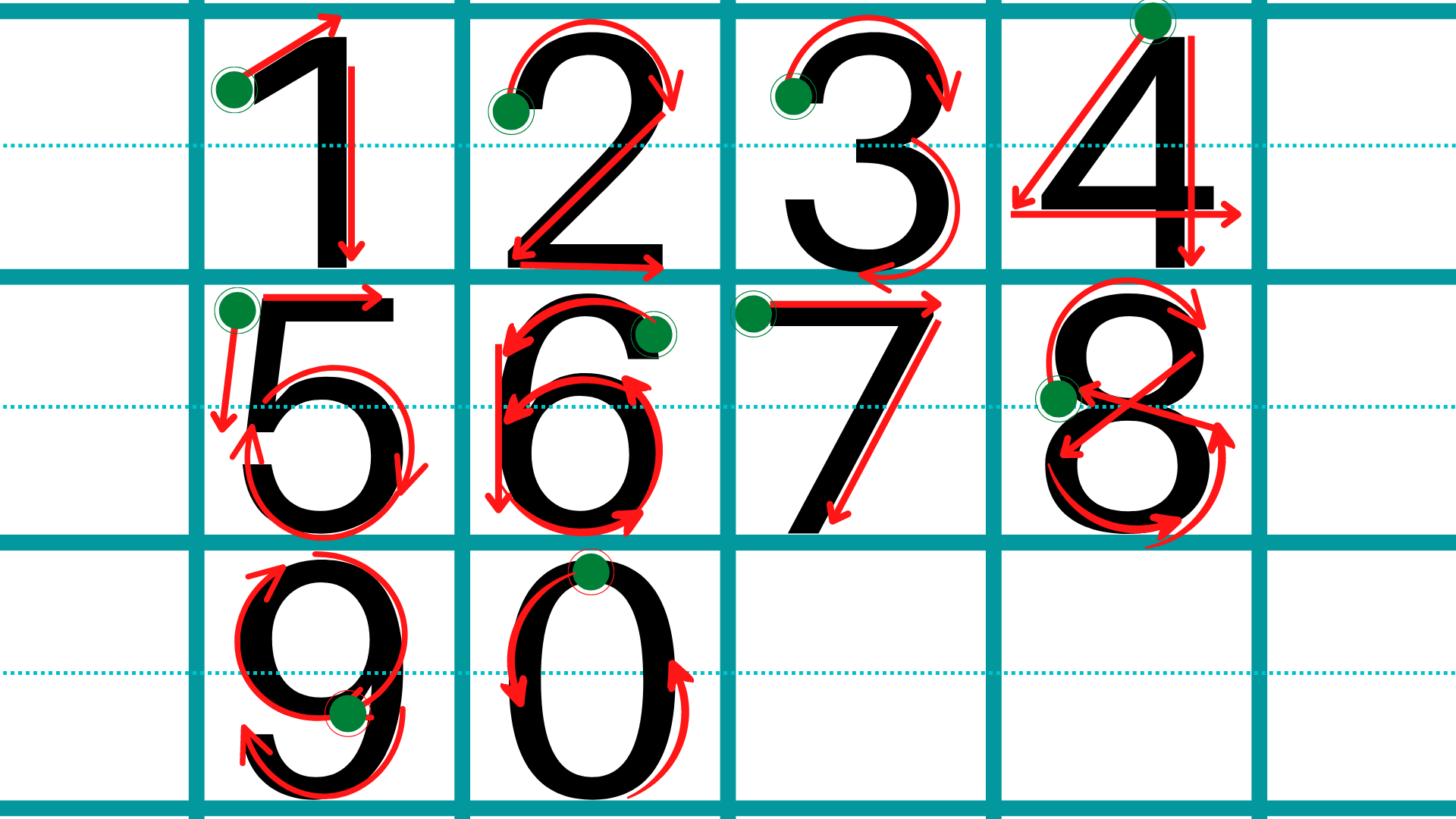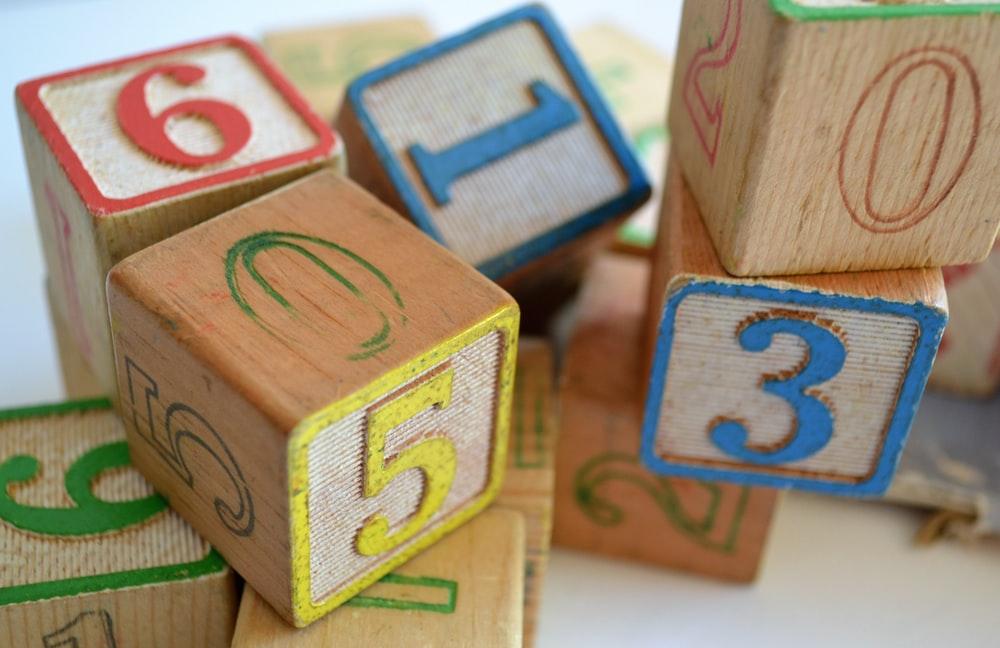Learning Numbers for Kids: Advice from Experienced Teachers
Updated on January 7, 2024
As adults, we take numbers for granted, but preschoolers and kindergartners have no idea what these symbols mean. Yet, we often demand instant understanding and flawless performance when we start teaching numbers to our children. If you don’t have a clue about how to teach numbers for kids, browse no more. You will get four working solutions for learning numbers by kindergarteners and preschoolers, so keep reading.
When Do Children Begin to Learn Numbers?
Many parents think kids begin learning numbers as soon as they enroll in kindergarten. However, children start recognizing numbers as early as they start interacting with their parents and exploring the world around them. After all, kids actively try to connect the dots when they see фтн objects around them and hear their parents saying numbers.
Many scientists also believe humans have an innate sense of numbers and counting.
As a parent, you can introduce your child to numbers as early as they pronounce their first words or start recognizing the alphabet.
1:1 Math Lessons
Want to raise a genius? Start
learning Math with Brighterly
 Let's start learning Math!
Let's start learning Math!
How to Teach Numbers to Preschoolers: 4 Working Solutions
So, how do you teach numbers to your toddler or preschooler? You can do so in several ways. Let’s break down each of them in detail below.
1# Learning Numbers Like Letters
Math is a language, while numbers are its letters – here is how to teach number recognition. You can explain numbers to your kid this way and start with teaching the number formation.
Learning to write numbers is way easier than writing letters – all your kid needs to memorize is nine characters, from 0 to 9.
Note that your kid should start with the correct point to write a number. Also, your little student will memorize number formation easier if they practice in a copy-book.
Zero is O’s twin, but it’s slightly thinner. Here’s how you write it:
- Place your pen at the top.
- Go clockwise until you close the circle.
Start slightly above the midline, go to the top, and go down.
- Put your pen slightly above the midline.
- Draw a right curve and lead it to the bottom left.
- Slide right.
- Start slightly above the midline.
- Start a right curve, move it down to the middle, and stop at the midline.
- Make another right curve, go down, and curve up.
- Put your pen at the top right.
- Slope left.
- Slide right.
- Start at the top again and go down to the bottom.
- Start at the top left.
- Go down to the midline.
- Make a right curve, go down, and curve up.
- Go back to the starting point.
- Slide right.
- Start at the top right.
- Curve left and go down to the bottom.
- Curve up and stop at the midline.
- Start at the top left.
- Slide right.
- Slope to the bottom left.
- Start at the midline.
- Curve upward right.
- Slope to the bottom left and curve up to the right.
- Join the starting point.
- Start below the midline.
- Curve left and make a circle.
- Start at the midline right and curve down to the bottom left.
- Curve up a little.
The best way to teach your child number formation is to use copy-books and visual assets. Show number formation videos and pictures to your kid. Also, practice writing numbers together for a while, directing your child’s hand when writing each number.
Make sure your kid starts at the right place when writing a number – it’s crucial to obtain numerical writing fluency.

2# How to Remember Numbers? Incorporate Number Songs!
Number songs appear to be one of the best ways to teach numbers in kindergarten and preschool. Here is why:
- Number songs help children recognize rhymes and memorize numbers in the correct order.
- Numeric songs facilitate counting skills as they often require children to do something when they hear particular numbers. For instance, math tutors often ask children learning numbers to clap, jump, and more once they hear particular words. Children count until that number, solidifying their counting fluency.
3# Learning Numbers for Kids: Math Toys

Kids absorb knowledge better through play – this is how they discover the world around them. Soб let them learn math using number toys.
Math toys, like counting bears, abacus, link cubes, and others, help children connect sensory information with the abstract nature of numbers. In other words, a kid’s brain works like a power plant when they build a tower and touch, grab, and rotate numbered bricks, counting in their heads.
1:1 Math Lessons
Want to raise a genius? Start
learning Math with Brighterly
 Let's start learning Math!
Let's start learning Math!
4# Teaching Numbers for Kindergarten with Hands-On Examples
Kids take everything literally, but school math rarely touches reality. Your kid might think: “Why should I solve addition equations in my workbook if I never add anything beyond kindergarten/school?” Many kids see math as a punishment rather than a valuable skill. That’s why so many children struggle with numbers.
But you can make numbers for kids important:
- Speak numbers – use more numerals in your daily life. If you prepare fruit yogurt while your kid waits for their portion, tell them about the recipe – ten strawberries, two bananas, one cinnamon stick, etc.
- Ask your child about numbers. “Dear, how many sandwiches would you like for lunch?” “How many sugar teaspoons would you like in a cocoa cup?”
- Count together – people in the line, cars across the road, cats sitting on balconies, etc.
If you show your kid that they need math in their lives, they will become better at numbers.
The Bottom Line
Numbers – anyone can do it, even a preschooler, if they learn them the right way. First, your child should learn how to read numbers (and write them) fluently. Therefore, you should start with number formation.
As a parent, you can also approach teaching numbers to preschool students from an entertainment standpoint for better results. Use number songs, play with math toys, and involve your child in daily math activities. Be patient, and your little student will meet school math armed to the teeth.












